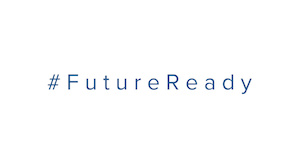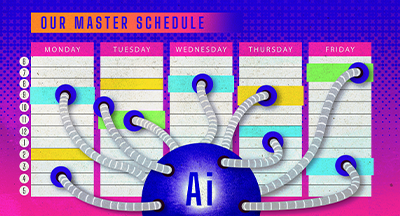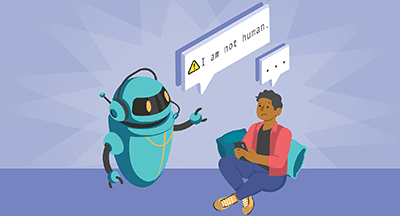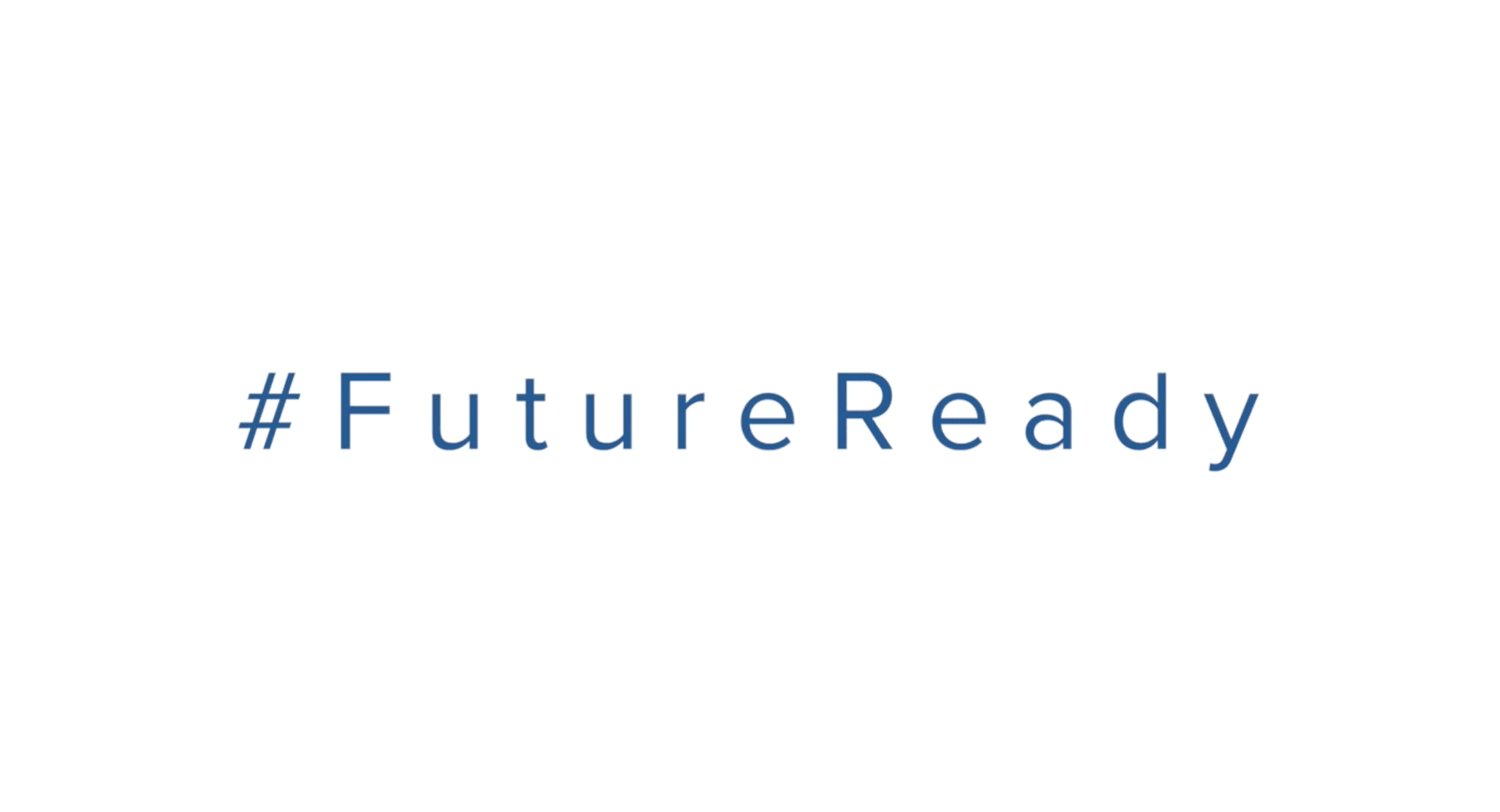
Advanced Placement courses, resume-building seminars, life skills classes, etc...
There are so many different ways to educate a future-ready student, but until recently such strategies often relied on the innovative minds of district leadership teams and educators. Now, with the rise of the Future Ready effort led by the U.S. Department of Education and the Alliance for Excellent Education, anyone can make this vision a reality.
The Future Ready concept is focused on the integration of digital tools, universal connectivity, and strategic instructional planning to prepare students for success after graduation, no matter their chosen path. The Future Ready District Pledge takes these concepts one step further by asking superintendents to commit to working "with educators, famililes, and community members to make all schools in their districts Future Ready" in exchange for ongoing support throughout the transitional phase.
The Future Ready program comes with at least four major benefits for district leaders:
1. Interactive Planning Dashboard
When superintendents sign the Future Ready pledge, they gain access to this powerful tool. The dashboard affords district leaders an opportunity to take readiness assessments, analyze gaps, select strategies, and customize their implementation plans.2. Free Regional Summits
Every year, 13 regional Future Ready summits are held across the country. Leadership teams who attend these two-day conferences can come prepared to discuss best practices with a panel of Future Ready experts, create action plans, network with other districts in pursuit of Future Readiness, and hear success stories from close to home.3. Ongoing Assistance
All Future Ready school districts receive free support from the Future Ready Leadership Network. This assistance includes access to experts, interactive chats, online tools to track implementation, and connections to local mentor districts.4. Transparent Objectives
When it comes to communication between administration and community, we often stress the importance of trumpeting positive outcomes and being transparent about your objectives. By signing the Future Ready Pledge, you have an opportunity to involve your community in a major undertaking that will shape the future landscape for your students and families.Inspirational Video Break
Our friends at CCSD 59 in Illinois put together this video that we think captures the essence of future readiness better than any text description or essay ever could. Trust us, it's worth 2 and a half minutes of your time.What are the Next Steps?
At the time of this writing, almost 2,000 superintendents have already signed the Future Ready Pledge. The first step in announcing your future readiness is to create a district leadership team to oversee the implementation process. This team will take the pledge and make use of the dashboard to carry out your district's plan.In the first phase (preparation), the team will focus on seven key areas:
- Curriculum, instruction, & assessment
- Use of time
- Technology, networks, and hardware
- Data and privacy
- Community partnerships
- Professional learning
- Budget and resources
Future Ready Success Stories: Washington
Kent School District's Student Technology, Access, and Resources (STAR) initiative has set a tremendous example with its Kiosk Project, designed to provide students and parents with equal access to education-related resources, regardless of socioeconomic factors. KSD set up ATM-sized kiosks throughout the community in apartment complexes, community centers, banks, restaurants, grocery stores, churches, and other accessible locations.Parents and students can use these kisoks to log in to Skyward Family Access to stay current on grades, attendance, and assignments. They also work as an Internet hotspot, giving students with a district laptop the opportunity to go online within a 150-foot radius to perform research, complete assignments, and take online assessments.
This forward-thinking project was featured during a Future Ready regional summit and nationally publicized shortly thereafter.
Vancouver Public Schools – along with being at the forefront of using digital and social media to communicate with its local and national community – has been nationally recognized for its leadership in the integration of technology and instruction to achieve success. The district became a part of the League of Innovative Schools after passing through a competitive application process based on “leadership, evidence of results, innovative vision for learning, and dedication to collaboration.”
VPS has hosted the National School Board Association’s Technology Leadership Network three times and recently hosted the Pacific Northwest's 2015 Future Ready regional summit. The U.S. Department of Education also selected VPS from over 400 districts as one of nine finalists to demonstrate the role leaders should play in using technology to transform learning.
It's always fun to see our partners doing such great things to improve the educational experience. What are you doing to prepare students for the future? Leave us a comment below – we'd love to share your success with the world!
WHAT'S NEXT FOR YOUR EDTECH? The right combo of tools & support retains staff and serves students better. We'd love to help. Visit skyward.com/get-started to learn more.
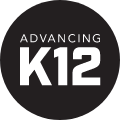
|
Advancing K12 Staff Edtech Thought Leaders |
